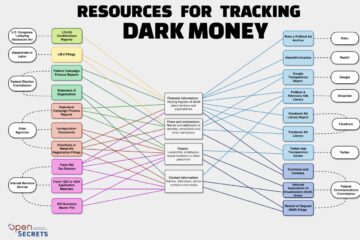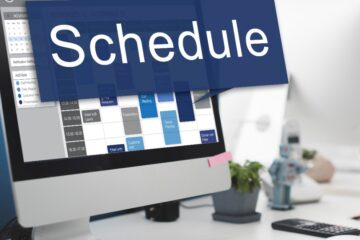UPDATE: TRAVEL FUNDS ARE AVAILABLE!
Up to $100 for travel reimbursement will be available after the training. This can be used by anyone traveling to NewsTrain from outside the Albuquerque area. Applicants for the stipends must apply via this form.
Journalists in New Mexico and across the Southwest are invited to take part in 1.5 days of in-depth, low-cost training sessions, courtesy of AP Media Editors and the New Mexico Press Association.
Here’s the details:
When: 1 – 4:25 p.m. Oct. 25 and 8:30 a.m. – 5:10 p.m. Oct. 26
Where: Marriott Albuquerque, 2101 Louisiana Blvd. NE, Albuquerque, New Mexico 87110
Cost: Early-bird registration is $75. That ends Oct. 4 — afterward, registration increases to $85.
Host committee sponsors include SPJ-Rio Grande and the New Mexico Local News Fund, with assists from NAHJ, UNM C&J Department, NMSU, UTEP and the New Mexico AP Bureau.
STUDENTS: Thanks to SPJ-Rio Grande and the New Mexico Local News Fund, we have $75 scholarships for the first 25 student registrants! Use this form to apply.
The scholarship covers your registration cost but does not cover travel costs.
FIVE DIVERSITY SCHOLARSHIPS: Thanks to APME, we also have five slots for professionals, educators or students of color. To apply, use this form.
REGISTRATION
There are two options: You may attend NewsTrain only, or attend the New Mexico Press Association Annual Convention, which includes the NewsTrain sessions.
For NewsTrain only: Register via this link.
Note: If you need a hotel for Friday night, Oct. 25, please consider using the NMPA convention hotel, the Albuquerque Marriott, which has a special rate. See the registration link below.
For NMPA plus NewsTrain: Register via the NMPA web page.
Note: You can pick and choose luncheon and banquet options here.
SESSION DETAILS
Oct. 25
Driving daily enterprise coverage with documents and data: A session that challenges professional and student journalists to dig deeper, deliver more accountability and bring an enterprising/investigative mindset to their work. Training will include examples of using records, documents, data and experiments to bring more impactful reporting. No matter what the size of your team, your journalism can go deeper. Bring your laptop for the exercises. No previous data experience is required.
Creating data visualizations to tell better stories: Use data visualization and graphics to tell better stories. Discover free and easy-to-use tools to produce informational graphics with impact, such as maps and charts. Bring your laptop for the exercises.
Oct. 26
Getting your story read — maximizing and measuring social media for branding and audience engagement: If you’re wondering whether what you’re doing on social is working, this session is for you. Social media is a prime driver of information discovery and consumption. Learn how to use analytics to pay attention to your audience, and construct a personal brand and content strategy that take into account what audience members both want and need to know.
Mobile newsgathering — better storytelling with your smartphone: A smartphone, stocked with the right apps, is a powerful multimedia reporting and storytelling tool. This session teaches how to use your phone to shoot photos, record interviews, dictate stories, create on-the-go images with text for social media (or use Facebook Live) – and get it all to editors and readers as quickly and cleanly as possible.
Promoting ethics, trust and transparency in your daily work: Audience trust of media is at low ebb. How do you live and show your ethics? How does your audience know your journalistic purpose in a story they find negative or in which they have a stake? We’ll talk about ethics in the new light of audience expectations.
Turbocharge your reporting using online tools: Turbocharge your journalism by employing online tools and resources for better and faster backgrounding of people and organizations. Social media can be used as powerful reporting tools, whether you’re facing a big breaking news story or an enterprise project. This session explains how to use social media platforms and complementary websites to locate diverse expert and “real people” sources, listen to your community and identify news stories, verify user-generated content, crowdsource using Google Forms and call-outs, and create a social dossier on a person in the news.
Paradigm shifts in New Mexico journalism: Myriad resources are available when news organizations and others join forces. A shift is coming in New Mexico journalism. Learn how to coordinate with other newsrooms and work with other entities to create more powerful journalism. Explore alternative funding and different ways to engage audience members. Hear about successful models and bring your project ideas to flesh out.


